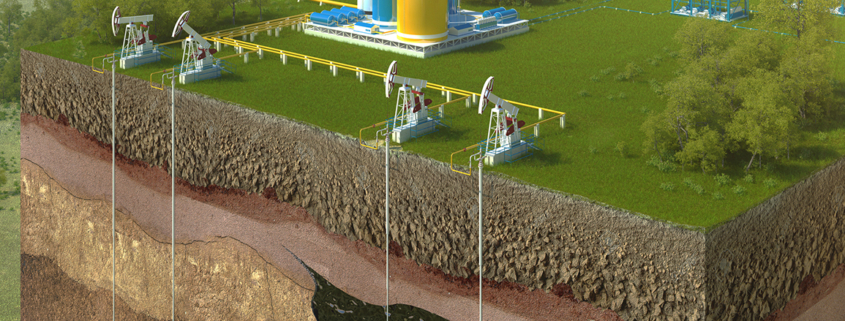Well Management: Delaware Basin
Well Management: You Don’t Know What You Don’t Know
OLA assists a Delaware Basin operator in resolving a severe scale issue induced during the frac job and causing production failures.
The Situation
This operator was experiencing plugging issues on their subsurface equipment and production failures were on the rise. While they were aware that scale may be present, they were uncertain of the severity, type, and root cause. Prior to working with OLA, the operator was pumping the same chemistry and same application across their fields, without recognizing the need for change and the need to analyze each well for its individual uniqueness.
 |
The Solution
The OLA 5-step process started on the ground, in the operator’s field of 70 wells, where trained technicians collected high-quality water samples in accordance with industry standards and sent samples for lab testing to analyze the wells’ profiles.
After finding barium sulfate in the results, OLA conducted x-ray diffraction (XRD) performance testing on a portion of failures to confirm that the presence of barium sulfate was causing scale depositions and resulting in failures. OLA then went on to test the freshwater ponds and uncovered that massive quantities of barium sulfate were being introduced downhole during their completion operations. The barium sulfate was being induced by their use of mixed fresh water (over 1700 mg/L sulfates) and produced water (greater than 25 ppm barium), which chemically produces barium sulfate.
Chemical analysis also uncovered that the scale inhibitor being pumped on the frac job was not in fact an inhibitor, but a dissolver. For this reason, the scale dissolver product was offering no protection against barium sulfate.
The Outcome
 |
 |



